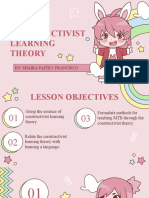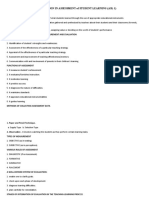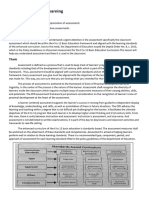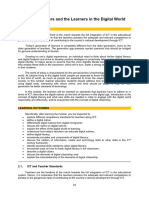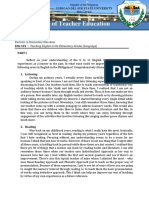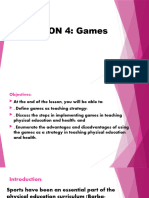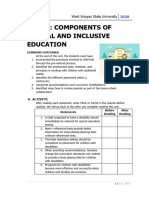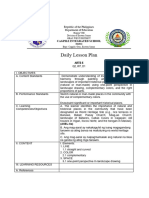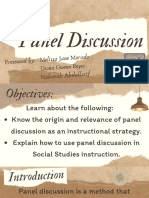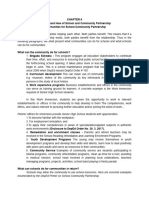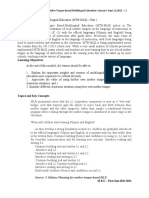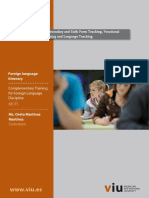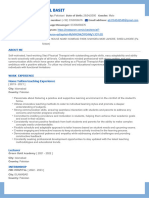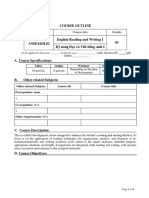d s- on
ha n g
a r nin
le C ru z S . , Lo b r i g u i t o , R i v e ra , S a d d u l, T u e r e z
D e la
�what is hands-on
learning?
�Experiential learning
Learning-by-doing, an
educational strategy that
immerses pupils in practical
experiences, building a stronger
connection with the subject
matter.
�Examples
1. Science experiments
2. Art and craft projects
3. Cooking and culinary activities
4. Robotics and coding
5. Outdoor education and field trips
6. Simulations and role-playing
7. Project-based learning
8. Makerspaces and DIY activities
9. Laboratory experiments
10. Workshops and apprenticeships
�Key insights and facts about
hands-on learning:
Hands-on learning encourages students to
become active participants in their
education.
This approach helps students develop critical
thinking skills, problem-solving abilities, and a
deeper understanding of the subject matter.
Hands-on learning can be applied to a
variety of subjects, not just science and art.
�Key insights and facts about
hands-on learning:
Project-based learning, a form of
hands-on learning, has been shown to
increase student motivation and
confidence.
Real-world projects allow students to
apply their theoretical knowledge in
practical scenarios.
�THE BENEFITS OF HANDS-
ON LEARNING
1. Increased engagement
2. Enhanced knowledge retention
3. Development of Problem-Solving Skills
4. Promotion of Critical Thinking
5. Physical Creation of Tangible
Outcomes
6. Improved Social Skills
7. Increased Motivation and Enjoyment
� ADVANTAGES DISADVANTAGES
Enhances retention, problem- Time-consuming nature,
solving, critical thinking, resource requirements,
teamwork, creativity, innovation, potential hazards, difficulty in
real-life application, motivation, assessment, limited scalability,
engagement, hands-on skills, need for trained instructors,
curiosity, personalized learning potential challenges for
experiences, and preparation for disabled students, and ongoing
real-world applications. maintenance.
� Assessment in
Hands-On Learning
Educators use observation, performance-
based assessments, written assessments,
and specific assessment tools to evaluate
students' practical skills, problem-solving
abilities, and critical thinking. These
methods involve hands-on activities,
performance-based tasks, written reports,
essays, and portfolios, providing valuable
feedback for improvement.
�activity!
There are moth cutouts on any
backgrounds inside the classroom that
represent trees before and after
industrialization.
The students (playing as predators) will
pick off any moths they observe.
Maintain a record of which moths survive
and which are eaten.
Each moth has equivalent number of
points..
� HANK YOU!
T




